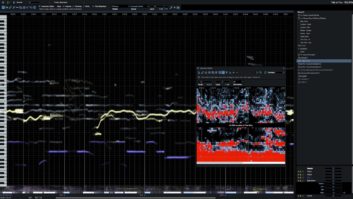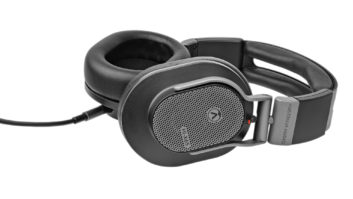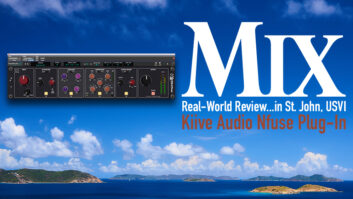
Every year, Mix contributors Rich Tozzoli, Mike Dwyer and Bruce MacPherson decamp to St. John, USVI, and temporarily turn a house into a studio where they record TV cues while also testing new equipment and software, resulting in a bevy of Mix Real-World Reviews written in a unique part of the real world.
USVI (May 8, 2024)—As a huge fan of real reverb and having used Audio Ease Ativerb since it first came out, I’m happy to see some cool new features in the V8 update.
They include a new scalable interface, Dolby Atmos support up to 9.1.6 (including pure Dolby Atmos IRs), output level metering, improved search/browser and Native Apple Silicon M1/M2 support. There’s also a new IR tool to create your own sounds, Cloud size (for automatic input-pan following reverb), and some great new spaces, including Atmos plates and spring reverbs.
I use real strings and orchestral samples quite a bit, and I turn to Altiverb for reverb that few other plug-ins can deliver. My favorite spaces for that are the Berlin Konzerthaus, Lully Hall in Belgium, and the amazing Hallgrimskirja church in Reykjavik, Iceland.
Process Audio Spicerack Plug-In — A Mix Real-World Review…in the USVI
With these mono or stereo instances, in the Postioner tab you can switch on the speakers used to create the actual impulses in each space. Then you can move the speakers around in real time to hear changes in dimension and distance from source. You can also control other features of the IR, including gain and color, early and tail. We applied Altiverb concert halls/spaces to the lush synth pads created for our project, but also put some great short reverbs on the guitar, including a Magnatone 480, Ampeg Reverb Rocket and Fender Super Reverb. I used the Ampeg quite a bit on my Telecaster tracks, using Positioner to create a punchy, clean mono reverb that sat perfectly in the tracks. Altiverb 8 is a useful update, and this classic still delivers the goods.







